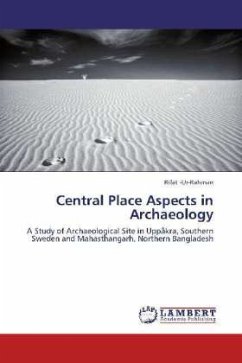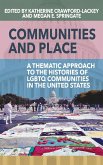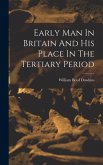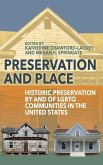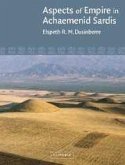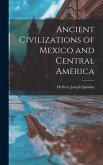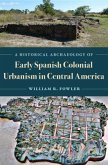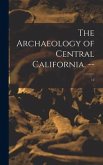The aim of this book was to understand the central place aspects of Mahasthangarh and Uppåkra according to analyze the definition of central place theory based on political, economical and religious aspects in archaeological perspective. Mahasthangarh is located in the Northern part of Bangladesh identified as Early Historic (c. 500 BC to 550 AD) to Medieval Period (c. 550 AD to 1200 AD) site in Bangladeshi context. Uppåkra is located in the Southern part of Sweden known as Iron Age (c. 500 BC to 1000 AD) site in the Scandinavian perspective. Central place theory is basically a geographical theory that seeks to explain the number, size and location of human settlement in the urban system and it defines archaeological sites with a combination of political, economical and religious functions. In this book the central place theory was applied on these two different archaeological sites to pursue the relevant factors of central place issues in archaeological context. A large number of archaeological materials observed from both sites that indicate the central place aspects of Mahasthangarh and Uppåkra.
Bitte wählen Sie Ihr Anliegen aus.
Rechnungen
Retourenschein anfordern
Bestellstatus
Storno

